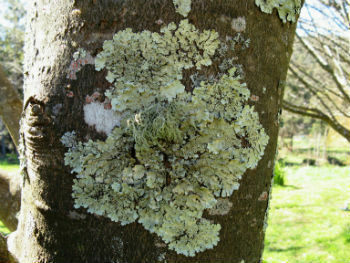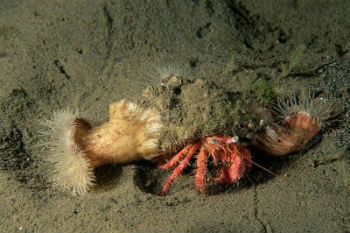We human beings have a respiratory system capable of removing oxygen from the atmosphere and bringing it to the our lungs so that it can be transferred to the blood and be used by all the cells in our lungs. body. That breath type it is common in terrestrial animals but not very common in aquatic animals. Animals that live in water usually have a type of breathing called gill.
→ What is gill breathing?
gill breathing occurs through gills, which are richly vascularized structures. It is in the gills that the oxygen present in the water passes into the body and the carbon dioxide that is in the animal's body passes into the water. This type of breathing happens in most aquatic animals, as is the case of the crustaceans, some molluscs and fish.
→ How do fish breathe?
For breathing to occur in fish, it is necessary for the water to enter the mouth and exit through the gills, following a unidirectional flow. Initially, the water enters the oral cavity and goes towards the gill filaments. In the filaments, there are projections called secondary lamellae, places where gas exchange takes place.
Do not stop now... There's more after the advertising ;)
Each branchial filament has two arteries: an afferent vessel, which carries blood to the end of the filament, and an efferent vessel, which ensures the return of blood. In the secondary lamellae, there is the connection between the efferent and afferent vessels.
Blood flow on the lamella is in the opposite direction of water flow. This ensures that more oxygen is taken up, in a process known as exchange for counter current. If blood moved in the same direction as water, oxygen uptake would be lower.
→ How does the passage of water through the oral cavity to the fish's gills?
The passage of water through the fish's oral cavity to the gills can occur by the mouth pumping or forced ventilation. In mouth pumping, the mouth and opercular cavities create positive pressure in the gills. In forced ventilation, the fish creates the respiratory current by continuously swimming with the mouth ajar.
Curiosity: Did you know that when you pull a fish out of the water, one gill sticks to the other? Because of this adhesion, contact with air is greatly reduced, making breathing difficult.
By Ma. Vanessa dos Santos
Would you like to reference this text in a school or academic work? Look:
SANTOS, Vanessa Sardinha dos. "Gill respiration"; Brazil School. Available in: https://brasilescola.uol.com.br/biologia/respiracao-branquial.htm. Accessed on June 27, 2021.


